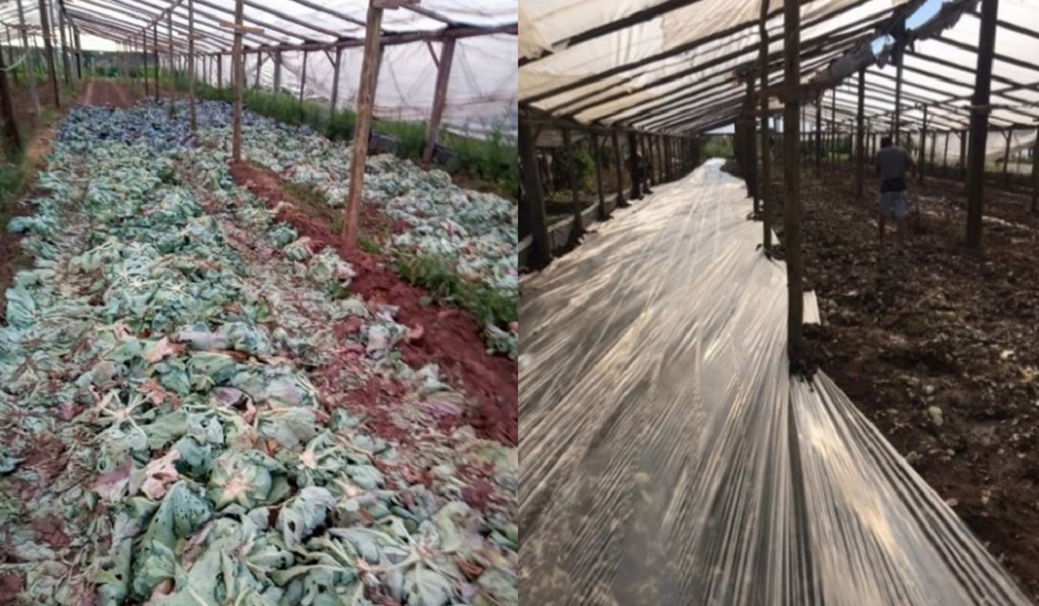
Maria Iohanna Yosviak1, A. Lóndero2, G. Gerez3, A. Pérez4, I. Rolhaiser4, Natalia Meneguzzi5
1Instituto Nacional de Tecnología Agropecuaria (INTA). Estación Experimental Agropecuaria Manfredi. Agencia de Extensión Rural Córdoba, CETbio; Argentina
2Productor hortícola, Colonia Tirolesa, Córdoba; Argentina
3Ministerio de Agricultura de Córdoba, área BPA; Cambio Rural-Villa Esquiú; Argentina
4Universidad Nacional de Córdoba. Facultad de Ciencias Agropecuarias. Laboratorio de Fitopatología; Argentina
5Instituto Nacional de Tecnología Agropecuaria (INTA). Centro de Investigaciones Agropecuarias. Instituto de Patología Vegetal; Argentina.
Abstract
An established practice in greenhouse production is soil fumigation with synthetic chemicals for pests, pathogens and weeds management. The need to adapt horticultural production to the new GAP regulations makes it necessary to explore sustainable alternatives for greenhouse soil management. Biosolarisation combines solarisation with biofumigation; it takes advantage of soil heating and the action of micro-organisms and toxic gases generated by the decomposition of organic matter. A biofumigation trial combined with solarisation was carried out in a greenhouse with a history of production losses due to the presence of soil fungi and nematodes in a horticultural farm located in Colonia Tirolesa (Córdoba horticultural belt). The objective of this experience was to incorporate environmentally sustainable practices that would allow at least two cycles of fruit crops without the need of chemical products. For the biofumigation process, crop residues from cruciferous plants and organic residues from other horticultural crops were used. After treatment, a crop of Cucumis sativus variety Olympian F1 was planted. Crop health and yield were analysed to assess the effect of the soil treatment. A cucumber crop was obtained with a 30% reduction in pesticide use. No herbicide or disease curative applications were necessary during the cycle. Optimum yield for the variety was achieved. Although temperatures were not suitable for a good solarisation process, the experience allowed learning the technique and its timing, avoiding plant death due to damping-off, and reducing the weed seed bank present in the soil. The subsequent cucumber crop showed greater vigour and health.
Comments are closed.